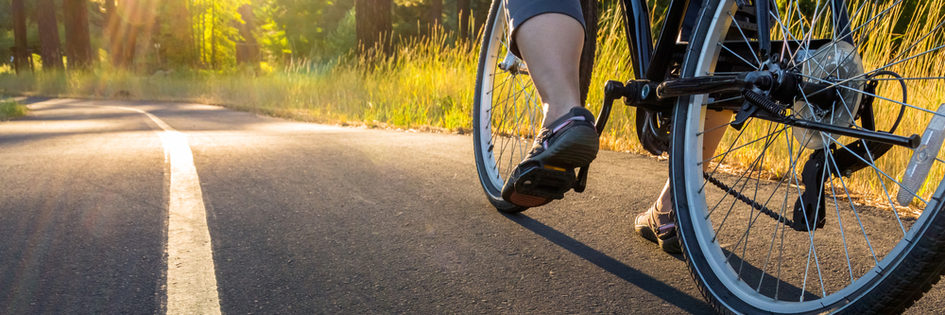Local governments who operate hiking and biking trails should be aware of the Supreme Courts’ holding in the case of Corbett v. County of Lake, 2017 IL 121536 (2017). In particular, local governments should be aware of their maintenance obligations for these pathways.
The facts of Corbett are relevant to the Court’s holding. In particular, the Skokie Valley Bike Path runs parallel to train tracks (to the west of the path) and US Route 41 (to the east of the path). The path is paved with asphalt, has a yellow, painted line dividing it into two lanes, contains mile markers and has crosswalks where it crosses major roadways. Finally, because the land the path sits on is leased from ComEd, there are high-voltage electrical wires overhead along the entire path.
Kathy Corbett was riding her bicycle on the Skokie Valley Bike Path when, she alleged, overgrown weeds and vegetation caused the path to become bumpy which caused her to crash her bicycle resulting in severe injuries. Corbett sued the County and City for the condition of the path. In response, the County and City claimed absolute tort immunity under section 3-107(b) of the Act.
The Supreme Court began its analysis by noting that there “is no question that, if section 3–107(b) applies, [a local government] is completely immune from liability, even for willful and wanton conduct.” The question, however, is whether or not the Skokie Valley Bike Path would be considered a “trail” under section 3–107(b) of the Act. In coming up with a definition of the word “trail”, the Court found it relevant to analyze the word relative to the other words within 3-107(b): hiking, riding, fishing or hunting. When this is done, the definition of the word “trail” becomes synonymous with primitive and rustic trails. The Court went on to state:
These include any designated hiking, riding, fishing, or hunting trail that retains its original, natural surface and is not improved with asphalt, concrete, crushed aggregate, or similar finishes and is not intended for ordinary “on-road” type bicycles, bicyclists pulling children in trailers, pedestrians pushing strollers, or similar forms of transportation.
Accordingly, the Supreme Court held that because the Skokie Valley Bike Trail was paved with asphalt and held out for uses of bicycles, pedestrians and in-line skaters it was not a trail.
Note, even if a jogging trail is not subject to total immunity under section 3-107(b) of the Act, such a trail may still qualify for immunity under other particular sections of the Act. In particular section 3-106 provides in relevant parts:
Neither a local public entity nor a public employee is liable for an injury where the liability is based on the existence of a condition of any public property intended or permitted to be used for recreational purposes . . . unless such local entity or public employee is guilty of willful and wanton conduct proximately causing such injury.
As the Supreme Court has noted in Goodwin v. Carbondale Park District, 268 Ill.App.3d 489 (1994), section 3–106 provides immunity only for negligence, whereas section 3–107 provides absolute immunity.
The Corbett case reveals that the definition of “trail”, which provides blanket immunity, is determined based on the particular facts of each pathway. A remote, desolate wilderness pathway created by local fauna is clearly a “trail”; however, there is less certainty as to whether or not a pathway which leads into the wilderness from a neighborhood could be considered a “trail” or not. We advise that local governments proceed conservatively, err on the side of caution, and when in doubt presume that a pathway is not a “trail” and perform the appropriate maintenance.
